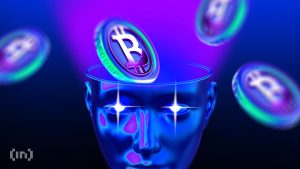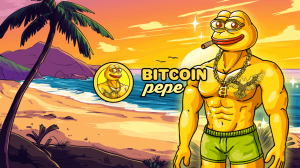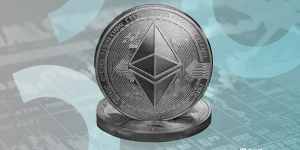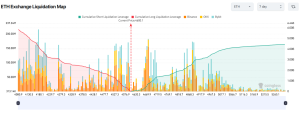Web 3.0 Trustless Data Technology a Boost for the Creative Economy
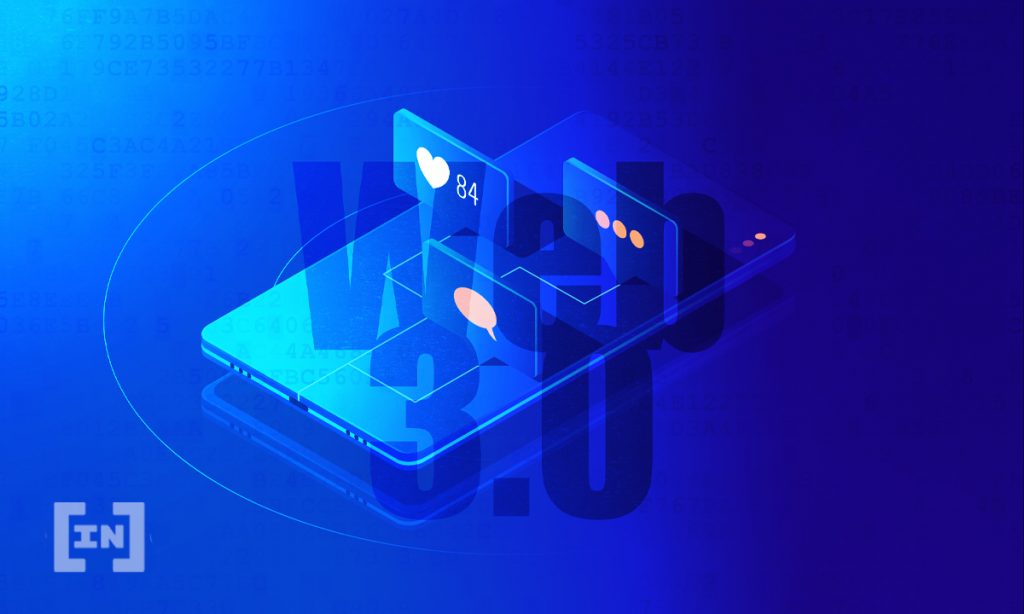
Web 3.0 represents a major shift away from data monopolization and autocracy. The movement is based on peer-to-peer transactions of data between users instead of through a regulating and rent-charging intermediary.
The ideology behind Web 3.0 is comparable with the popular rise of cryptocurrencies and blockchain technologies. Just like traditional currencies, monopoles own and manage data.
For example, Amazon harvests customer data, stores it to be exploited to its own ends. It owns this data and does not share it with anyone else. Transactions of data need to be “trusted” and approved by intervening hosts who act as profitable middlemen.
Fueled by the same revolutionary anti-establishment motivations as the creators of bitcoin and ethereum, Web 3.0 aims to cut out the middleman.
By using blockchain technology on data transactions, just like cryptos do with financial ones, Web 3.0 technology doesn’t need to explicitly acquire trust through intervening bodies. Rather, trust is implicit and automatic — leading to the inevitable demise of the middleman.
Web 3.0’s decentralization promotes more transactions and engagement between peers.
Large legacy data centers are being supplemented by a multitude of powerful computing resources spread across mobile phones, computers, appliances, sensors, and vehicles which are forecast to produce and consume 160 times more data in 2025 as compared to 2010.
This new era in communication represents two major shifts for society:
Increased capacity for people and entities to maximize efficiency and productivity by having access to more data.Democratization of data and increased security over transactions.
A shift in economic philosophy
The United Nations Conference on Trade and Development defines the term creative economy as:
“An evolving concept which builds on the interplay between human creativity and ideas and intellectual property, knowledge and technology.”
Essentially, it is the knowledge-based economic activities upon which the “creative industries” are based.
The creative economy recognizes and values ideas as commodities. Creativity takes precedence over raw production. Innovation outweighs output.
Web 3.0 enhances the creative economy with trustless data
Increased accessibility for trustless data using Web 3.0 technology promotes innovation and entrepreneurship — the key driving factors of the creative economy.
A key example of Web 3.0 technologies serving the creative economy is the recent rise of non-fungible tokens (NFTs).
From a broader perspective, NFTs represents the commoditization of creative ideas. Through the blockchain, one of the pillars of Web 3.0 technology, NFTs trade directly and in a trustless manner without the “reserve banks” of the internet taking their margin.
The creative economy has been gaining considerable traction on the agendas of regulatory institutions, governments, think tanks, and tech companies.
With the rise of AI and robotics, raw production coming from humans is diminishing in demand. Why would companies pay a human to do it when a robot can for a fraction of the cost?
Ideas over raw labor and production
As a result, creativity is becoming the new output of production. However, with a major shift in global economic ideology, there must be a framework to protect privacy and rights as well as provide remedies for major forms of inequality.
The peer-to-peer, blockchain-based technology used in Web 3.0 facilitates that and implements a democratized platform. There are several widely available Web 3.0 technologies that serve the creative economy.
Non-Fungible Tokens (NFTs)
An NFT is a unit of data stored on a digital ledger, called a blockchain, that certifies a digital asset to be unique and therefore not interchangeable. They commoditize digital art and ideas.
Fractured non-fungible tokens (F-NFTs)
This is the next step in the evolution of NFTs, the split of ownership. Therefore, F-NFT becomes a logical and inevitable step in this process, especially when considering our acceptance of the sharing economy. In addition to sharing apartments and cars, we can also share art and ideas now.
Empowerment through data ownership
Overall, intangible assets fit perfectly with NFTs and give them an opportunity to have increased liquidity and value.
Therefore, this shift in the way we perceive data transactions goes beyond discussions solely concerning technology. It represents a major societal shift.
Like cryptocurrencies, trustless data transactions represent a bottom-up structure rather than one that is monitored, taxed, and monopolized by Facebook and Amazon.
Moreover, Web 3.0 technologies could empower more complex solutions like a decentralized assessment system. It is a peer-review platform and blockchain protocol for evaluating intellectual capital, research, and innovation.
The beautiful part is that with democratization comes more innovation. In addition, with more innovation comes more opportunities for growth, especially for the creative economy.
Disclaimer
All the information contained on our website is published in good faith and for general information purposes only. Any action the reader takes upon the information found on our website is strictly at their own risk.





